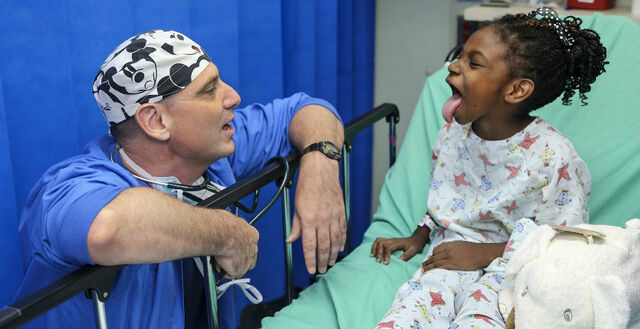
The nation’s leading organization of doctors devoted to proper healthcare for infants, children and adolescents recently issued a blueprint for preventing serious medical errors during emergency care to young patients.
The American Academy of Pediatrics (AAP) is comprised of 67,000 pediatricians. In October it released a revised policy statement on safe emergency department care for children. (“Optimizing Pediatric Patient Safety in the Emergency Care Setting”)
It was issued jointly with the American College of Emergency Physicians and the Emergency Nurses Association.
Challenges to Proper Care in Emergency Departments
The AAP acknowledges that medical errors can be made in the emergency room due to inherent challenges, including:
- Numerous interruptions in the emergency room
- Numerous care transitions involving several physicians
- Barriers to clear and effective communication
Inadequate Hospital Focus on Young Patient Safety
A hospital’s culture of safety is one key to preventing medical errors, including those made in emergency rooms. To bolster emergency room safety for children, AAP recommends that hospitals have pediatric care representatives on their emergency department safety committees.
Hospitals should regularly assess the care children receive in their emergency rooms and address any issues uncovered. Hospitals also should have established policies that allow family members to attend medical procedures done on children.
AAP says that hospitals should provide medical personnel in the ER who are trained to handle anxieties young patients may have with invasive procedures, such as sedation, to improve healthcare safety.
Misdiagnosis in the Emergency Room
Misdiagnosis is a common and potentially serious medical error. The AAP position paper recognizes the dangers of diagnostic errors made in emergency rooms, which can dangerously delay proper treatment or lead to harmful medical care.
To prevent an emergency room misdiagnosis of a young patient, hospitals should identify factors that can lead to such an error:
- Language barriers between providers and patients/families
- Problems with hospital electronic heath records
- Inadequate physician training
- Cognitive bias of health care provider
Errors Made During Pediatric Patient Handoffs
Critically crowded emergency rooms can hamper proper medical care for children. AAP warns of potential medical errors that spring from delays in providing emergency care due to patient overcrowding.
Children may face potentially serious medical errors when they are transferred from the ER to subsequent medical providers. Called patient handoffs, these periods of care transition can be very dangerous if communication among providers is incomplete or misunderstood.
Hospitals should have structured protocols for patient handoffs to prevent harmful miscommunication. AAP notes that only 20% of patient handoffs from the ER to other providers use such protocols, which include checklists, patient summaries and proper contingency care plans.
Taken together they may be unique to emergency rooms and pediatric care, but many of the challenges outlined in the AAP policy statement can cause medical errors in other care areas of hospitals for patients of any age.
If you believe you or your child was a victim of a serious medical error in a hospital, a personal injury attorney experienced in conducting medical malpractice investigations can pursue the just compensation you deserve.
The choice of a lawyer is an important decision that should not be based solely on advertisements.
Authored by Gray Ritter Graham. Posted in Blog November 5, 2022.

 RSS Feed
RSS Feed